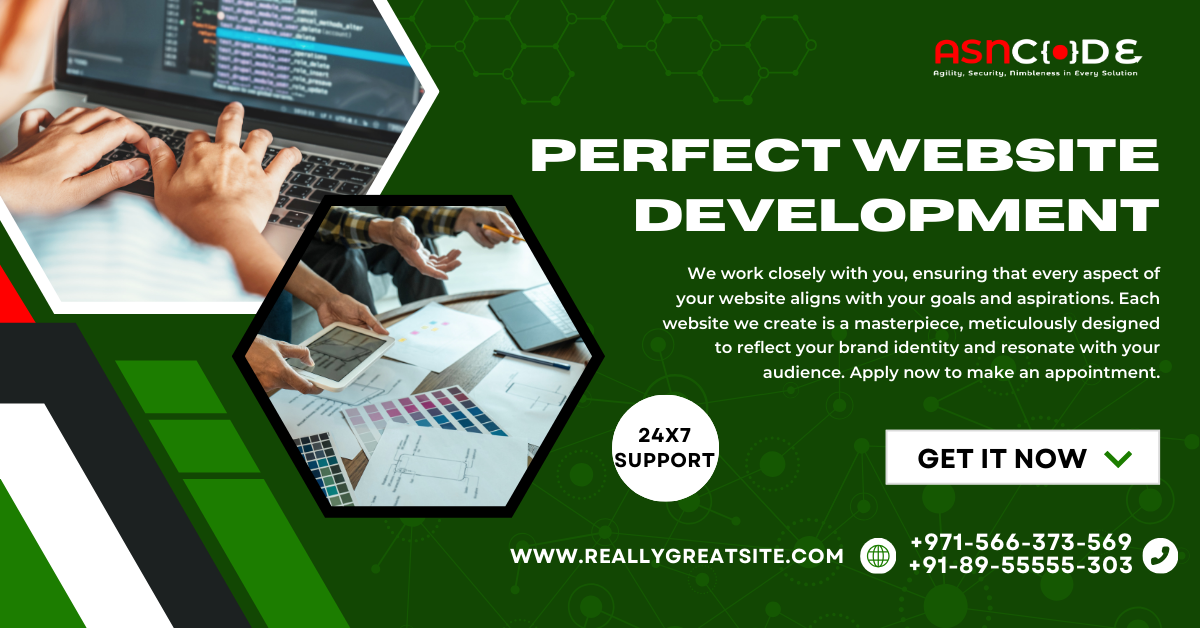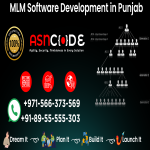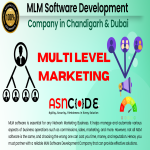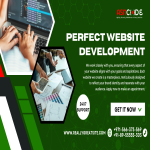Introduction
Choosing the right development methodology is crucial for the success of any software project. Agile and Waterfall are two of the most widely used methodologies, each with its own strengths and weaknesses.
What is Agile?
Agile is an iterative and incremental approach to software development that emphasizes flexibility, collaboration, and customer feedback. Agile methodologies focus on delivering small, workable increments of the project throughout the development cycle, allowing teams to adapt to changes and continuously improve the product.
Key Features:
Iterative Development: Work is divided into small iterations or sprints, with each iteration producing a potentially shippable product increment.
Customer Collaboration: Regular feedback from stakeholders and customers is sought throughout the project.
Flexibility: Agile methodologies allow for changes in project scope and requirements based on evolving needs and feedback.
Cross-Functional Teams: Teams are typically composed of members with various skills who work collaboratively.
Common Agile Frameworks:
Scrum: Uses fixed-length iterations called sprints and includes roles like Scrum Master and Product Owner.
Kanban: Focuses on visualizing workflow and managing work in progress to improve efficiency.
Extreme Programming (XP): Emphasizes technical excellence and frequent releases with a focus on customer requirements.
Advantages:
Adaptability: Easily accommodates changes in requirements and project scope.
Early Delivery: Provides working increments of the product early and often.
Enhanced Collaboration: Encourages constant communication between team members and stakeholders.
Disadvantages:
Scope Creep: Frequent changes can lead to scope creep if not managed properly.
Resource Intensive: Requires continuous involvement from stakeholders and frequent reviews.
What is Waterfall?
Waterfall is a linear and sequential approach to software development where each phase of the project must be completed before the next phase begins. It is a more traditional methodology and is often used in projects with well-defined requirements and limited scope for changes.
Key Features:
Sequential Phases: The development process is divided into distinct phases: Requirements, Design, Implementation, Testing, Deployment, and Maintenance.
Documentation: Detailed documentation is created at each phase to guide the development process.
Fixed Requirements: Changes to requirements are typically discouraged once the project has started.
Advantages:
Clear Structure: Provides a clear and structured approach with defined stages and deliverables.
Easy to Manage: Progress is easily tracked through the sequential phases.
Comprehensive Documentation: Detailed documentation helps ensure that all requirements are met and provides a reference for future maintenance.
Disadvantages:
Inflexibility: Changes to requirements are difficult to accommodate once the project is underway.
Late Delivery: The final product is delivered only after all phases are completed, which can delay feedback and early testing.
Risk of Rework: If issues are discovered late in the process, significant rework may be required.
Comparing Agile and Waterfall
Flexibility:
Agile: Highly flexible, accommodating changes and updates throughout the development cycle.
Waterfall: Rigid and less flexible, with changes being costly and difficult to implement once development has started.
Project Requirements:
Agile: Ideal for projects with evolving requirements and where continuous feedback is valuable.
Waterfall: Best suited for projects with well-defined and stable requirements.
Delivery Timeline:
Agile: Delivers incremental improvements regularly, allowing for early delivery of partial features.
Waterfall: Delivers the final product only after completing all phases, leading to a longer time before seeing the final result.
Risk Management:
Agile: Manages risk through frequent iterations and continuous feedback, reducing the impact of issues.
Waterfall: Risk management is more challenging, as issues discovered late in the process can be costly to address.
Team Collaboration:
Agile: Encourages close collaboration between team members and stakeholders.
Waterfall: Involves less frequent collaboration and interaction between phases.
Choosing the Right Methodology
The choice between Agile and Waterfall depends on various factors, including project requirements, scope, and stakeholder involvement. Agile is often preferred for projects with evolving requirements and a need for regular feedback, while Waterfall is suitable for projects with clear and fixed requirements.
Considerations:
Project Size and Complexity: Larger and more complex projects may benefit from Agile’s iterative approach, while smaller, more straightforward projects may be well-suited for Waterfall.
Stakeholder Involvement: Projects with active and engaged stakeholders may leverage Agile’s collaborative nature, while projects with less frequent stakeholder interaction may benefit from Waterfall’s structured approach.
Flexibility and Change Management: If frequent changes are anticipated, Agile may provide the flexibility needed. For projects with fixed requirements, Waterfall’s structured process may be more appropriate.
Conclusion
Choosing between Agile and Waterfall methodologies involves evaluating the specific needs and characteristics of your project. Understanding the strengths and limitations of each approach will help you make an informed decision and set your project up for success. By aligning your methodology with your project requirements and goals, you can effectively manage development processes and deliver a high-quality product.







